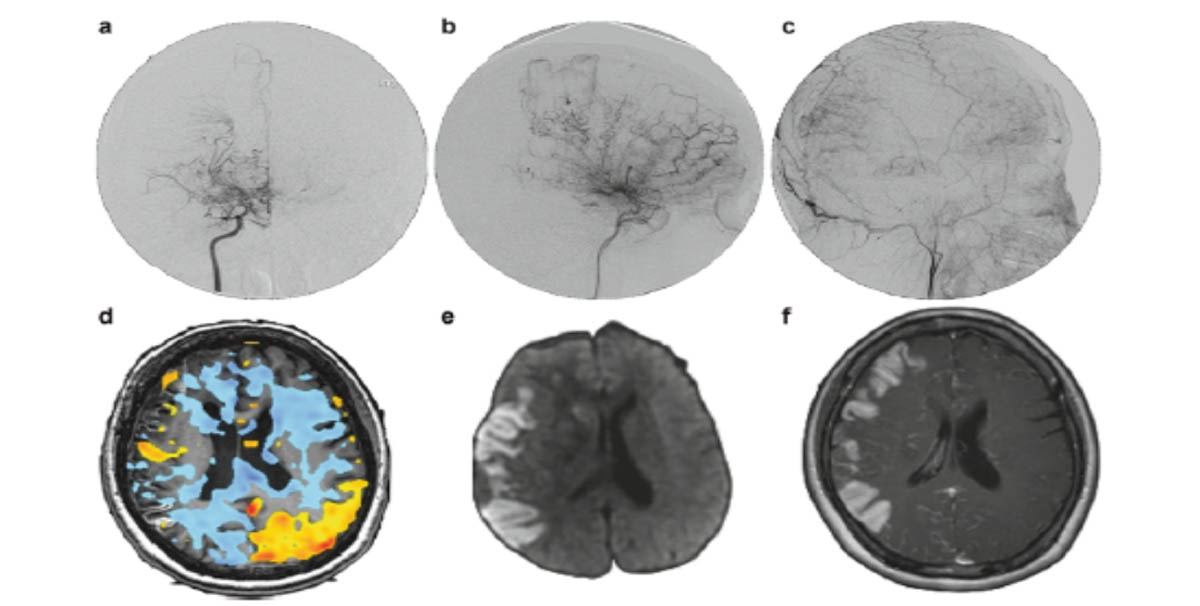Moya-Moya disease
HomeMoya-Moya disease
Moya-Moya disease
Moyamoya disease is a rare idiopathic steno-occlusive disease of the internal carotid arteries resulting in collateralization from new fragile vessels at the base of the brain termed “moyamoya” vessels. It most commonly affects patients of Asian descent, but has been observed in all ethnic groups. The age of onset fits a bimodal distribution in the 5–9- and 40–44-year age groups. MMD most often presents with stroke-like symptoms in children and bleeding in adults. The treatment for MMD involves revascularization surgery to replenish blood flow to the diseased areas of the brain. Revascularization can be performed by “direct” bypass where an external vessel is anastomosed to a brain vessel to replenish flow immediately or by “indirect” means where a vascular donor tissue is surgically planted on or near the surface of the brain to encourage formation of new vasculature. Outcomes for moyamoya are favorable with revascularization surgery showing decreased rates of stroke reported in patients after successful revascularization.

Digital subtraction angiogram and right sided stroke in a patient with Moyamoya disease
